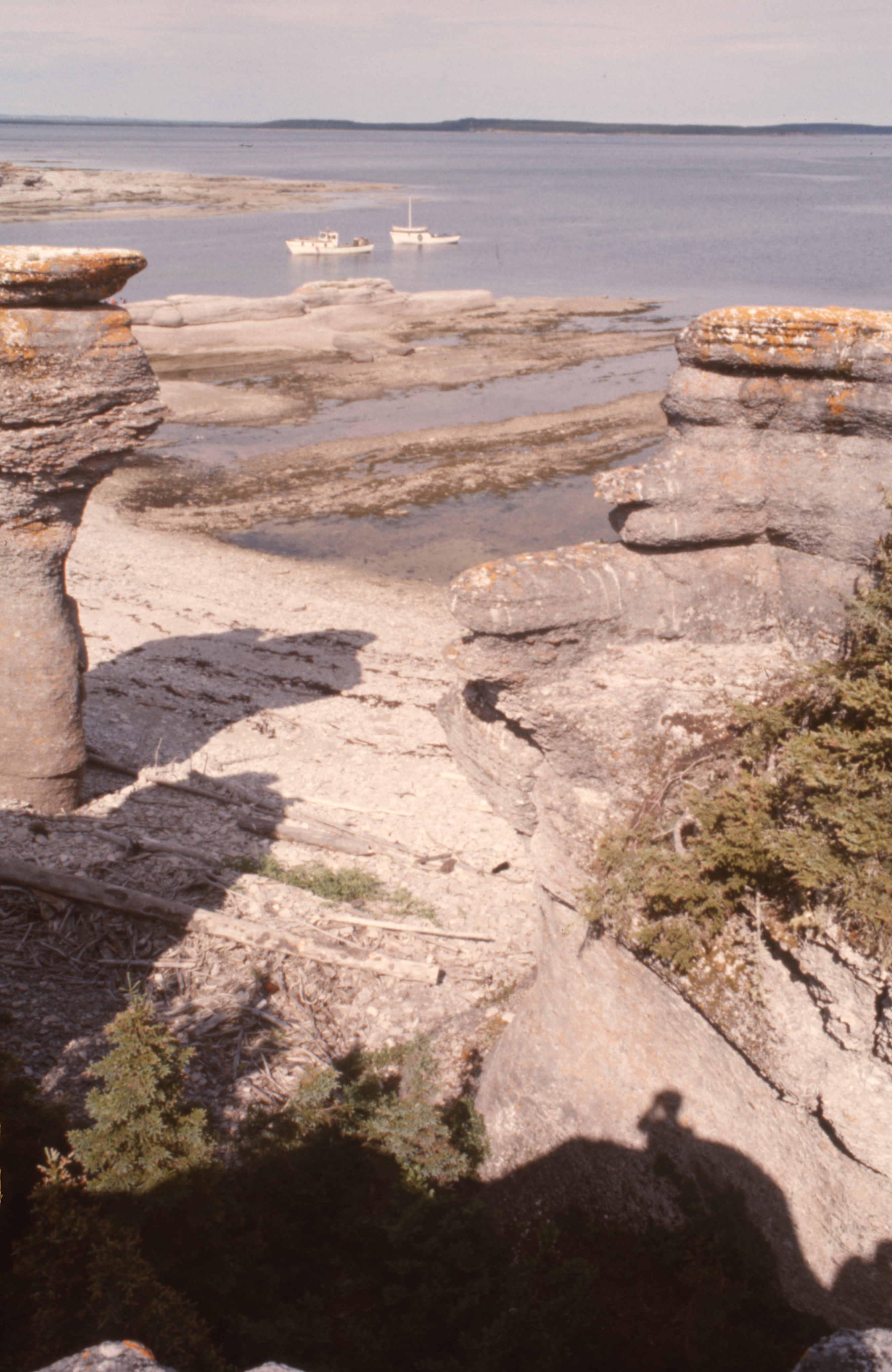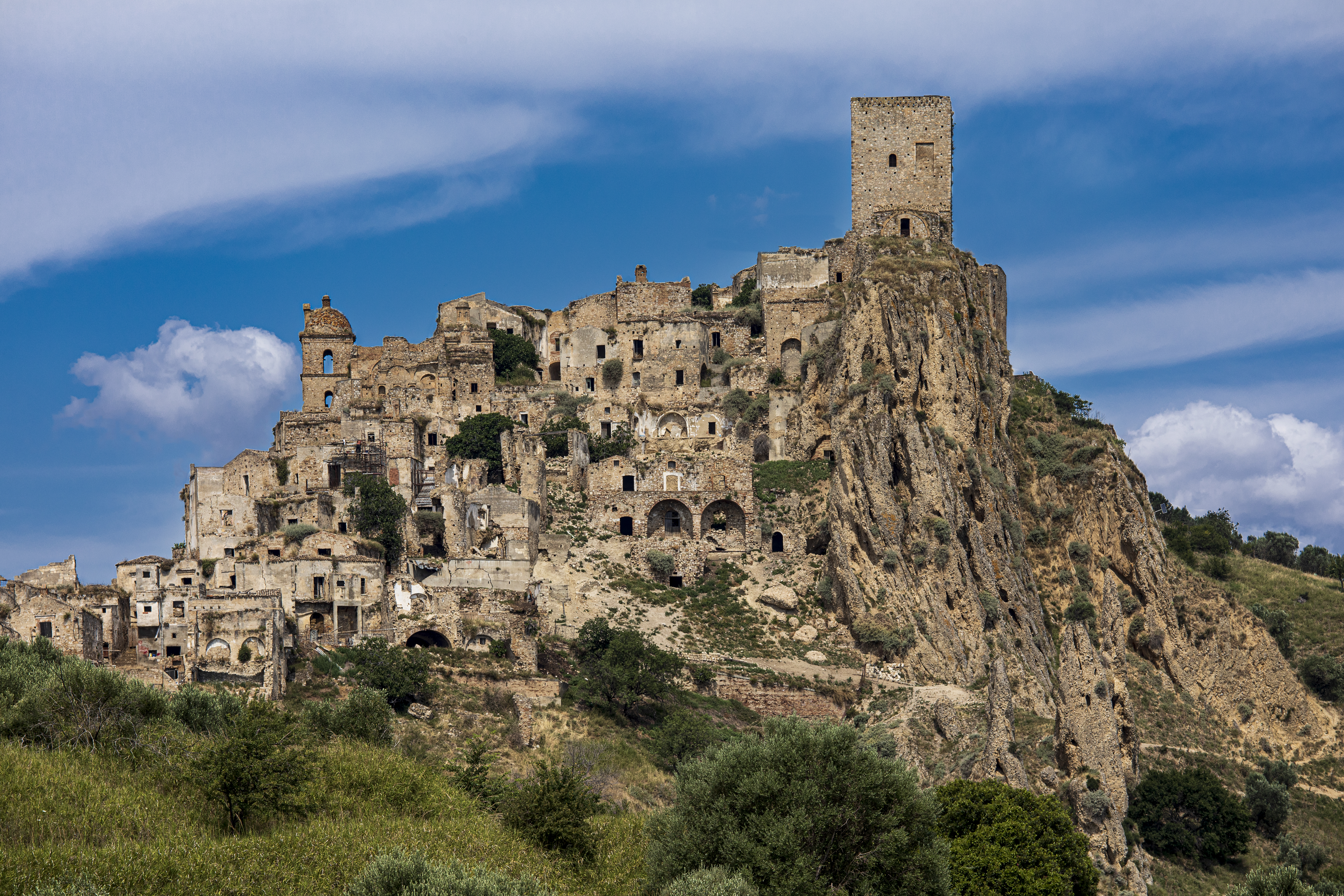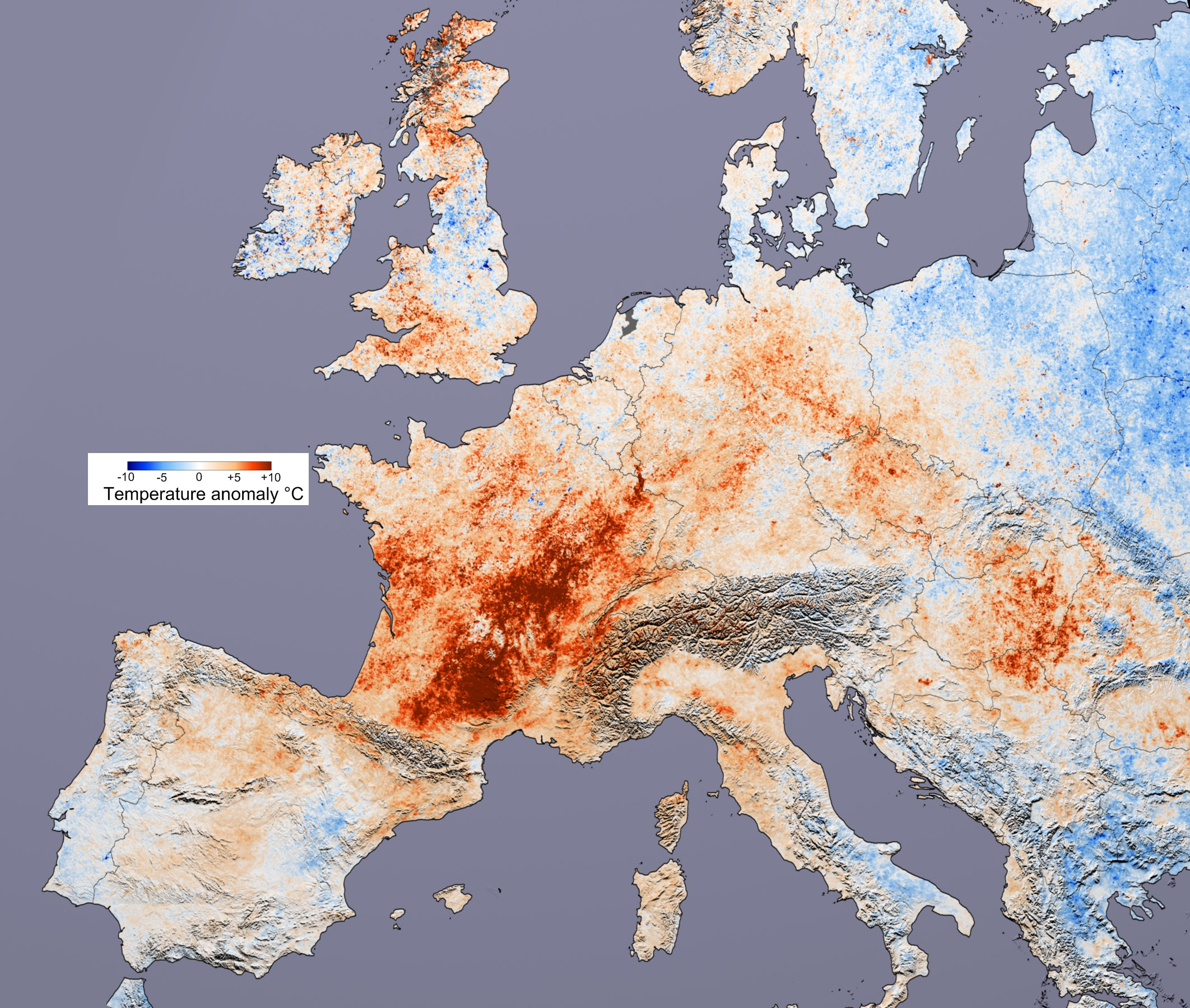|
Ikom Monoliths
The Ikom monoliths are a series of volcanic-stone monoliths from the area of Ikom, Cross River State, Nigeria. The Ejagham may have engraved the monoliths around 200 CE. The monoliths are also called Akwasnshi or Atal among the Ejagham people. Description The stones are distributed among over thirty communities, in each community, they are found in circles, facing each other erect. Numbering about 300 in total, the monoliths are between 0.3 and 1.8 metres (1 and 6 feet) high and are laid out in some thirty circles located around Alok in the Ikom area of Cross River State. They may be located in the central meeting place of the village or in the uncultivated area outside the village. The monoliths are carved in hard, medium-textured basaltic rock, a few are carved in sandstone and shelly limestone; they are phallic in form and some feature stylized faces as well as decorative patterns and inscriptions. Although the carvings have not been deciphered, researchers and ling ... [...More Info...] [...Related Items...] OR: [Wikipedia] [Google] [Baidu] |
Ikom Monolith, Calabar Museum
Ikom is a Local Government Area of Cross River State in South-South, Nigeria. Its headquarters are in the town of Ikom in the east of the area on the Cross River and the A4 highway at . It has an area of and had a population of 162,383 according to the 2006 census. The people of Ikom are mostly farmers. Ikom is a major producer of cocoa, bananas and plantains for the Nigerian market. Ikom is known for the Afi monoliths, artifacts that bear an ancient writing sometimes taken to be an early form of nsibidi. The postal code of the area is 551. Ikom Local Government is in the Central Senatorial District of Cross River State. There are 11 (eleven) council wards: # Abanyum # Yala-Nkum # Olulumo # Ofutop I # Ofutop II # Nta/Nselle # Nde # Abijinkpor # Ikom Urban # Akparabong # Nnam The present geographical entity called Ikom local government area dates back to the 16th century during the pre-colonial era when the area extended to some communities now enclosed in Boki, Obubra, A ... [...More Info...] [...Related Items...] OR: [Wikipedia] [Google] [Baidu] |
Epigraphy
Epigraphy () is the study of inscriptions, or epigraphs, as writing; it is the science of identifying graphemes, clarifying their meanings, classifying their uses according to dates and cultural contexts, and drawing conclusions about the writing and the writers. Specifically excluded from epigraphy are the historical significance of an epigraph as a document and the artistic value of a literature, literary composition. A person using the methods of epigraphy is called an ''epigrapher'' or ''epigraphist''. For example, the Behistun inscription is an official document of the Achaemenid Empire engraved on native rock at a location in Iran. Epigraphists are responsible for reconstructing, translating, and dating the trilingual inscription and finding any relevant circumstances. It is the work of historians, however, to determine and interpret the events recorded by the inscription as document. Often, epigraphy and history are competences practised by the same person. Epigraphy is ... [...More Info...] [...Related Items...] OR: [Wikipedia] [Google] [Baidu] |
Monoliths
A monolith is a geological feature consisting of a single massive rock (geology), stone or rock, such as some mountains. Erosion usually exposes the geological formations, which are often made of very hard and solid igneous rock, igneous or metamorphic rock. Some monoliths are volcanic plugs, solidified lava filling the vent of an extinct volcano. In architecture, the term has considerable overlap with megalith, which is normally used for prehistory, and may be used in the contexts of rock-cut architecture that remains attached to solid rock, as in monolithic church, or for exceptionally large stones such as obelisks, statues, monolithic columns or large architraves, that may have been moved a considerable distance after quarrying. It may also be used of large glacial erratics moved by natural forces. The word derives, via the Latin , from the Ancient Greek word (), from () meaning "one" or "single" and () meaning "stone". Geological monoliths Large, well-known monoliths ... [...More Info...] [...Related Items...] OR: [Wikipedia] [Google] [Baidu] |
British Museum
The British Museum is a Museum, public museum dedicated to human history, art and culture located in the Bloomsbury area of London. Its permanent collection of eight million works is the largest in the world. It documents the story of human culture from its beginnings to the present.Among the national museums in London, sculpture and decorative art, decorative and applied art are in the Victoria and Albert Museum; the British Museum houses earlier art, non-Western art, prints and drawings. The National Gallery holds the national collection of Western European art to about 1900, while art of the 20th century on is at Tate Modern. Tate Britain holds British Art from 1500 onwards. Books, manuscripts and many works on paper are in the British Library. There are significant overlaps between the coverage of the various collections. Established in 1753, the British Museum was the first public national museum. In 2023, the museum received 5,820,860 visitors, 42% more than the previous y ... [...More Info...] [...Related Items...] OR: [Wikipedia] [Google] [Baidu] |
Miami International Airport
Miami International Airport , also known as MIA and historically as Wilcox Field, is the primary international airport serving Miami and its Miami metropolitan area, surrounding metropolitan area, in the U.S. state of Florida. It hosts over 1,000 daily flights to 185 domestic and international destinations, including most countries in Central and South America and the Caribbean. The airport is in an unincorporated area in Miami-Dade County, Florida, west-northwest of Greater Downtown Miami, downtown Miami, in metropolitan Miami,, effective April 17, 2025. adjacent to the cities of Miami and Miami Springs, and the village of Virginia Gardens. Nearby cities include Hialeah, Doral, Florida, Doral, and the census-designated place of Fontainebleau, Florida, Fontainebleau. In 2021, Miami International Airport became the busiest international cargo airport in the U.S. and the busiest U.S. gateway for international passengers, surpassing John F. Kennedy International Airport in New Y ... [...More Info...] [...Related Items...] OR: [Wikipedia] [Google] [Baidu] |
World Monuments Fund
World Monuments Fund (WMF) is a private, international, non-profit organization dedicated to the preservation of historic architecture and cultural heritage sites around the world through fieldwork, advocacy, grantmaking, education, and training. Founded in 1965, WMF is headquartered in New York, and has offices and affiliates around the world, including Cambodia, France, Peru, Portugal, Spain, and the United Kingdom. In addition to hands-on management, the affiliates identify, develop, and manage projects, negotiate local partnerships, and attract local support to complement funds provided by donors. History International Fund for Monuments (1965–1984) The International Fund for Monuments (IFM) was an organization created by Colonel James A. Gray (1909–1994) after his retirement from the U.S. Army in 1960. Gray had conceived of a visionary project to arrest the settlement of the Leaning Tower of Pisa by freezing the soil underneath, and he formed the organization in 196 ... [...More Info...] [...Related Items...] OR: [Wikipedia] [Google] [Baidu] |
Erosion
Erosion is the action of surface processes (such as Surface runoff, water flow or wind) that removes soil, Rock (geology), rock, or dissolved material from one location on the Earth's crust#Crust, Earth's crust and then sediment transport, transports it to another location where it is deposit (geology), deposited. Erosion is distinct from weathering which involves no movement. Removal of rock or soil as clastic sediment is referred to as ''physical'' or ''mechanical'' erosion; this contrasts with ''chemical'' erosion, where soil or rock material is removed from an area by Solvation, dissolution. Eroded sediment or solutes may be transported just a few millimetres, or for thousands of kilometres. Agents of erosion include rainfall; bedrock wear in rivers; coastal erosion by the sea and Wind wave, waves; glacier, glacial Plucking (glaciation), plucking, Abrasion (geology), abrasion, and scour; areal flooding; Aeolian processes, wind abrasion; groundwater processes; and Mass wastin ... [...More Info...] [...Related Items...] OR: [Wikipedia] [Google] [Baidu] |
Extreme Weather
Extreme weather includes unexpected, unusual, severe weather, severe, or unseasonal weather; weather at the extremes of the historical distribution—the range that has been seen in the past. Extreme events are based on a location's recorded weather history. The main types of extreme weather include heat waves, cold waves, droughts, and heavy precipitation or storm events, such as tropical cyclones. Extreme weather can have various effects, from natural hazards such as floods and landslides to social costs on human health and the economy. Severe weather is a particular type of extreme weather which poses risks to life and property. Weather patterns in a given region vary with time, and so extreme weather can be attributed, at least in part, to the natural Climate variability and change, climate variability that exists on Earth. For example, the El Niño–Southern Oscillation, El Niño-Southern Oscillation (ENSO) or the North Atlantic oscillation (NAO) are climate phenomena that i ... [...More Info...] [...Related Items...] OR: [Wikipedia] [Google] [Baidu] |
Phallic
A phallus (: phalli or phalluses) is a penis (especially when erect), an object that resembles a penis, or a mimetic image of an erect penis. In art history, a figure with an erect penis is described as ''ithyphallic''. Any object that symbolically—or, more precisely, iconically—resembles a penis may also be referred to as a phallus; however, such objects are more often referred to as being phallic (as in "phallic symbol"). Such symbols often represent fertility and cultural implications that are associated with the male sexual organ, as well as the male orgasm. Etymology The term is a loanword from Latin ''phallus'', itself borrowed from Greek (''phallos''), which is ultimately a derivation from the Proto-Indo-European root *''bʰel''- "to inflate, swell". Compare with Old Norse (and modern Icelandic) ''boli'', "bull", Old English ''bulluc'', "bullock", Greek , "whale". Archaeology The Hohle phallus, a 28,000-year-old siltstone phallus discovered in the Hohle Fels c ... [...More Info...] [...Related Items...] OR: [Wikipedia] [Google] [Baidu] |
Volcanic Rock
Volcanic rocks (often shortened to volcanics in scientific contexts) are rocks formed from lava erupted from a volcano. Like all rock types, the concept of volcanic rock is artificial, and in nature volcanic rocks grade into hypabyssal and metamorphic rocks and constitute an important element of some sediments and sedimentary rocks. For these reasons, in geology, volcanics and shallow hypabyssal rocks are not always treated as distinct. In the context of Precambrian shield geology, the term "volcanic" is often applied to what are strictly metavolcanic rocks. Volcanic rocks and sediment that form from magma erupted into the air are called "pyroclastics," and these are also technically sedimentary rocks. Volcanic rocks are among the most common rock types on Earth's surface, particularly in the oceans. On land, they are very common at plate boundaries and in flood basalt provinces. It has been estimated that volcanic rocks cover about 8% of the Earth's current land surface. ... [...More Info...] [...Related Items...] OR: [Wikipedia] [Google] [Baidu] |








